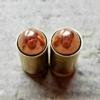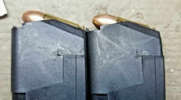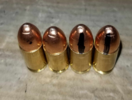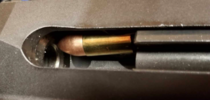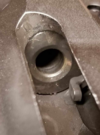What's the most reliable way to run a new 33-round Glock magazine in a new blow-back PCC before and after breaking it in? I read a suggestion to start at 60% capacity (20 rounds). After break-in, load 2 or 3 less than capacity if loading or reloading on a closed bolt.
I'm also curious how extensions affect break-in. Say, a 6 or 10 round extension. I'm guessing that when the original spring is used with a shorter extension, the tension is probably more manageable from the start. (?)
I decided to challenge the suggestions and cycle a fully loaded 33 on a closed bolt. My conclusion: Loading more than 30 probably isn't a good idea! haha (I can fix the bullet setback.)

I'm also curious how extensions affect break-in. Say, a 6 or 10 round extension. I'm guessing that when the original spring is used with a shorter extension, the tension is probably more manageable from the start. (?)
I decided to challenge the suggestions and cycle a fully loaded 33 on a closed bolt. My conclusion: Loading more than 30 probably isn't a good idea! haha (I can fix the bullet setback.)



